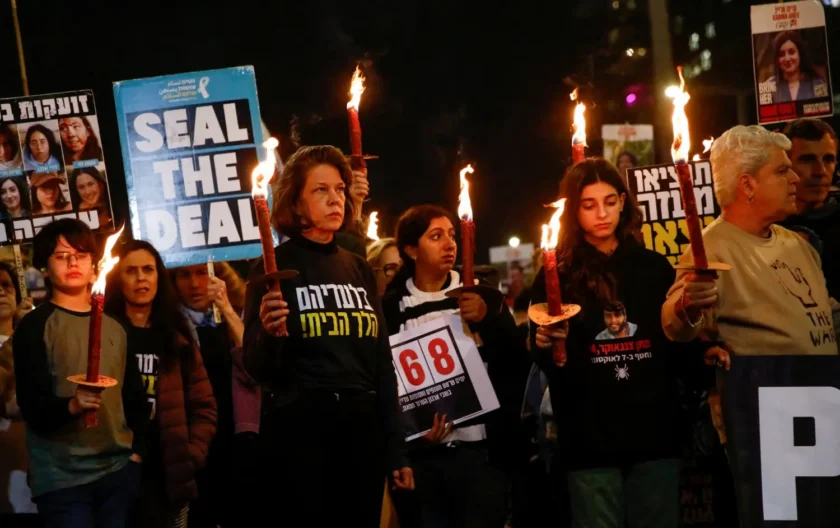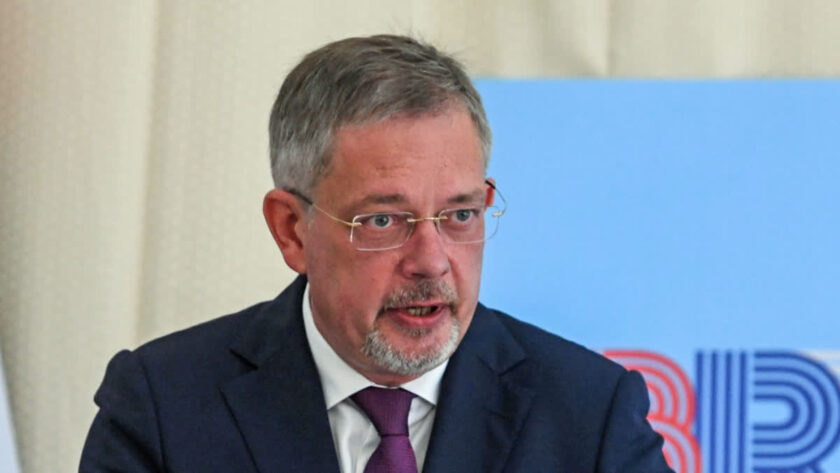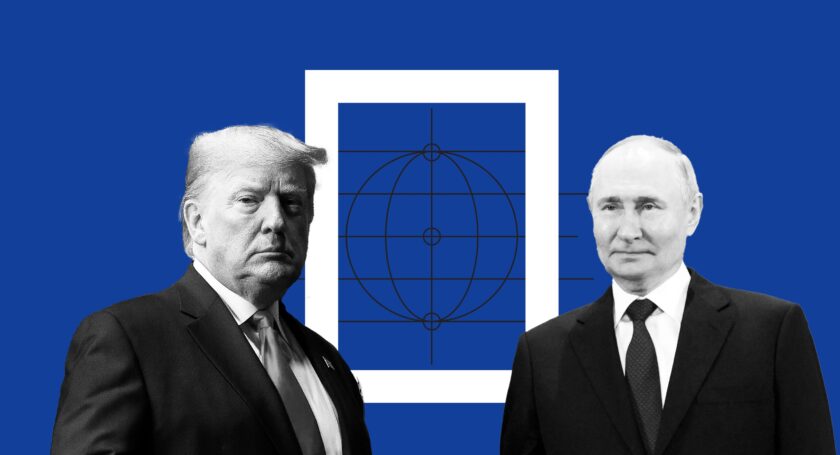New Delhi:After years of standoff in Ladakh and icy relations, India and China appear to be inching towards a thaw, raising the question: will the old slogan of “Hindi-Chini Bhai Bhai” find resonance once again?
The development comes after both sides agreed to restore the status quo of April 2020 following 31 rounds of high-level military and diplomatic talks. Troops from both countries, estimated at 50,000 each, had been in eyeball-to-eyeball positions in eastern Ladakh, armed with tanks, artillery, and missiles. The violent Galwan clash of June 2020, which claimed 20 Indian soldiers and an estimated 40-45 Chinese troops, was the turning point. Experts say China realised it could not secure a military edge over a stronger India.
Despite border hostilities, China has remained India’s largest trading partner, though the trade balance remains heavily skewed. Diplomatic channels had frozen since the 2019 informal summit at Mahabalipuram, but with the BRICS summit in Russia and now the SCO summit in Tianjin, Prime Minister Narendra Modi and President Xi Jinping have re-engaged in bilateral dialogue.
During their meeting in Tianjin, Modi thanked Xi for the invitation and stressed moving forward “on the basis of mutual trust, respect and sensitivity.” Xi, in turn, welcomed India’s commitment and praised New Delhi’s SCO chairmanship.
Shadows of Distrust Remain
Defence experts caution against premature optimism. The disengagement in Pangong Tso, Galwan, Hot Springs and Gogra is real, but Depsang and Demchok remain unresolved. With winter limiting patrols, the true test will come in summer when both sides push their patrol limits.

Meanwhile, China’s continued support for Pakistan — particularly during India’s Operation Sindoor against terror camps in May 2025 — fuels scepticism. Beijing provided Islamabad with military technology, and Chinese diplomats continue to call Pakistan an “all-weather friend.” The China-Pakistan Economic Corridor (CPEC), with $60 billion in investments, remains a sore point for India.
Global Context
The rapprochement is also shaped by global geopolitics. US President Donald Trump’s aggressive tariff regime, including 50% duties on Indian imports, has strained Washington-New Delhi ties. Critics argue Trump’s rhetoric has pushed India closer to China and Russia. Russia, for its part, has welcomed the thaw, calling stronger BRICS and SCO cooperation vital for addressing global challenges.
India’s opposition, led by Rahul Gandhi, has questioned the government’s soft tone towards Trump and the reliability of China’s promises. Experts remind that while Beijing may seek stability amid economic slowdown and internal discontent, its long-term strategic alignment with Pakistan remains unchanged.
Looking Ahead
For now, both governments are hailing the diplomatic breakthrough as a step towards regional stability. Yet, as seasoned observers note, China’s track record urges caution. The dream of reviving “Hindi-Chini Bhai Bhai” may inspire hope, but trust will take much longer to rebuild.






